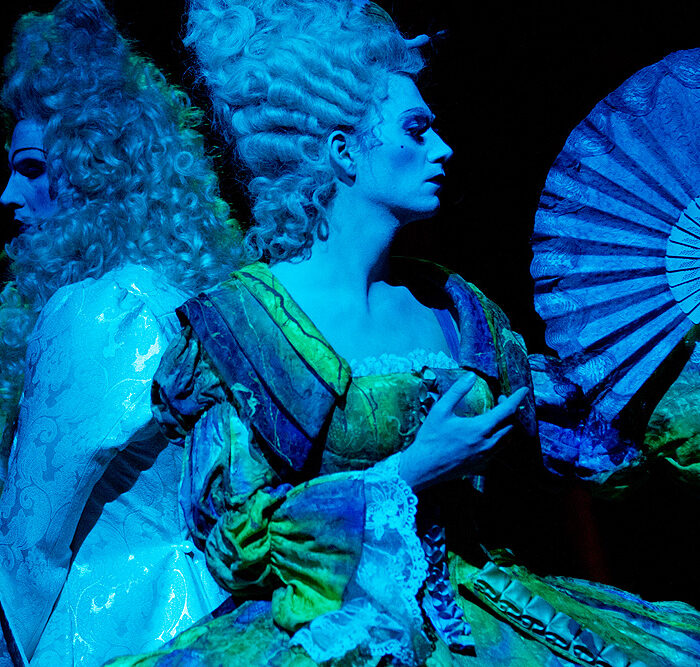
Artist Profile: Soprano Kiri Te Kanawa, New Zealand’s Superstar
By David SalazarKiri Te Kanawa is arguably the most renowned artist to come out of New Zealand in the opera world.
Born on March 6, 1944, the soprano was born Claire Mary Teresa Rawstron but was adopted as an infant by Thomas Te Kanawa and his wife Nell.
In her teens and early 20s, she worked as a pop star and entertainer at clubs in New Zealand and was even a runner-up in the Mobil Song Quest in 1963; two years later she won the contest. From there she obtained an opportunity to head to London to study.
She earned great praise in London and earned a three-year contract as junior principal at the Royal Opera House Covent Garden. In 1971, she was cast to sing the Countess in “Le Nozze di Figaro” at the Santa Fe Opera. Her performances made her a star and from there she made her ROH debut followed by appearances at the San Francisco Opera, Vienna, Met Opera, Salzburg, Milan, Sydney, and Paris. She would go on to become one of the most important opera stars of her time, appearing at all the major houses over the ensuing decades.
Leonard Bernstein famously cast her in an operatic recording of “West Side Story.”
In addition to her career as a performer, she established the Kiri Te Kanawa Foundation to assist young New Zealand singers in finding their way and she also stabled the BBC Radio 2 Kiri Prize. She has been appointed Dame Commander of the Order of the British Empire and was also appointed as Member of the Order of the Companions of Honour from the Prince of Wales. She was also appointed an Honorary Companion of the Order of Australia.
She earned one Grammy victory and six nominations.
Signature Roles
Te Kanawa dominated a slew of roles throughout her career, with the operas of Mozart and Strauss among her most prominent interpretations.
In the world of Mozart, her Countess in “Le Nozze di Figaro” is among her most beloved roles; she made several prominent debuts in this opera, including the Santa Fe Opera showcase that launched her to international fame. She also used the Countess as a vehicle for her Royal Opera House, San Francisco Opera, and Opéra de Lyon debuts, among others.
But she was also a major exponent of Strauss’ operas with “Arabella,” “Der Rosenkavalier,” and “Capriccio,” her most heralded interpretations.
Read More on Te Kanawa
A Royal Honor She Recently Received
Lifetime Achievement Award From Gramophone
A Look At Her Post-Singing Career
Watch and Listen
Here is an album with a wide range of arias.
Here is a performance of the soprano in “Le Nozze di Figaro.”
Categories
Opera Wiki

